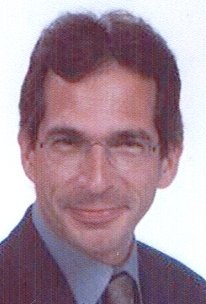Karel van der Toorn, born in The Hague, the Netherlands, in 1956. Ph.D. from the VU University, Amsterdam. Professor of Ancient Religions at the University of Amsterdam.
Fellow (1 September 2003 – 30 June 2004)
THE ORIGINS, SOCIAL ROLE AND SIGNIFICANCE OF THE EARLIEST JEWISH SCHOLARS (CA. 600 -150 BC)
My stay at NIAS was devoted to the writing of a monograph called Scribal Culture and the Making of the Hebrew Bible. It follows a trajectory of four successive stages. Starting with a reconnaissance of the role of writing and authorship in antiquity, each subsequent stage builds upon the outcome of the previous one, ending with an analysis of the historical process by which the books of the Bible were canonized as the Word of God. Phase One of the investigation explores the place and function of written texts in the ancient Near East, and more specifically in Israel. One chapter is devoted to the notion of books in Antiquity; another one deals with the notion of authorship. Phase Two of the investigation takes its cue from the fact that all written records are scribal products. In order to discover the origins of the Bible, we must therefore study the scribal milieu and its modes of literary production. Three chapters deal with these matters. Phase Three of the investigation consists in an application to the Hebrew Bible of the insights gained in Phase Two. Two case studies illuminate the way in which the books of the Hebrew Bible took shape. One chapter is devoted to Deuteronomy, the other to an analysis of the textual history of Isaiah. Since these two textual bodies stand for the Law and the Prophets respectively, they are well-suited to illustrate the making of the Hebrew Bible as a whole. Phase Four turns from the production process of the Hebrew Bible toward the factors that might explain its impact. Two concepts are of paramount importance in this connection: revelation and canonization. Each is the subject of a separate chapter. Seven of the ten chapters have been written. The book will be completed by the beginning of 2005. Publication is due the end of that year.
